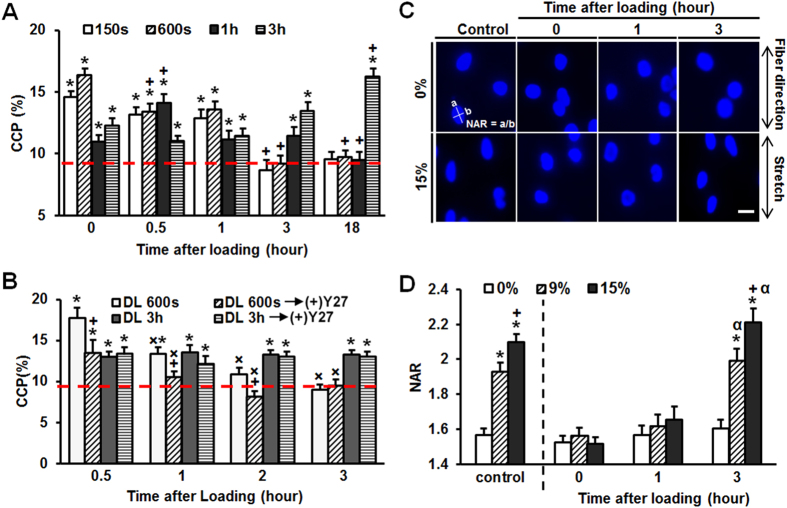Figure 2. Persistence of chromatin condensation depends on the duration of stimulation and alters nuclear mechanics.
(A) Chromatin condensation (CCP) gradually decreased to baseline levels within 3 hours of the cessation of 150s or 600s of DL. The rate of CCP relaxation was slower after 1 h of DL, and did not decrease over an 18 hour observation window following 3 hr of DL (red line: unloaded CM control, n = 20, *p < 0.05 vs. CM control, +p < 0.05 vs. 0 h, mean ± s.e.m.). (B) Persistency in condensation after 600 s (but not 3 hr) of DL depended on acto-myosin contractility (red line: unloaded CM control, n = 20, *p < 0.05 vs. CM control, +p < 0.05 vs. without Y27 treatment, ×p < 0.05 vs. 0.5 h mean ± s.e.m.). (C) representative DAPI stained nuclei on scaffolds post 600 s DL with/without 15% static stretch (bar = 10 μm), (D) Nuclear aspect ratio (NAR) with 9% and 15% applied stretch (n = ~40 cells, *p < 0.05 vs. 0%, +p < 0.05 vs. 9%, αp < 0.05 vs. 0 hour for same strain level, mean ± s.e.m.).

